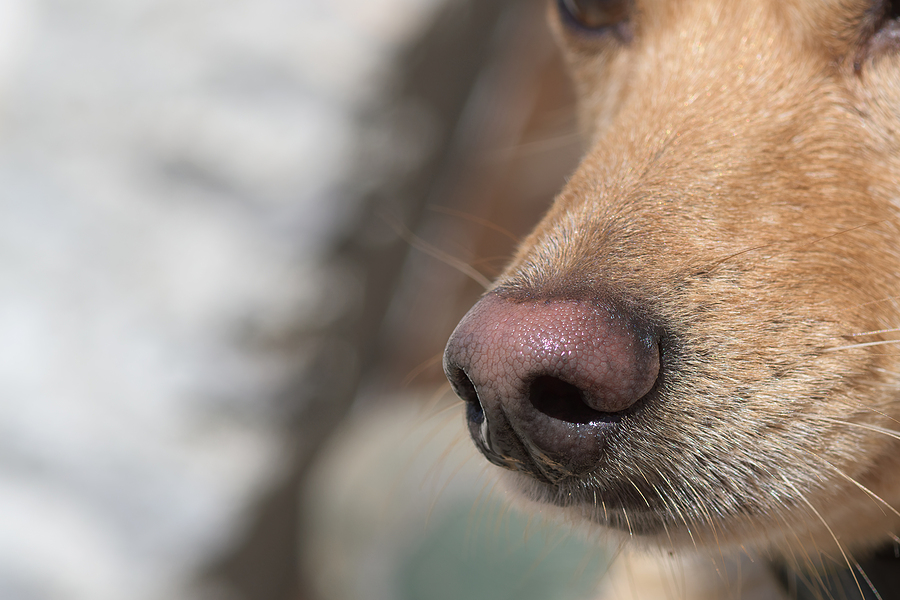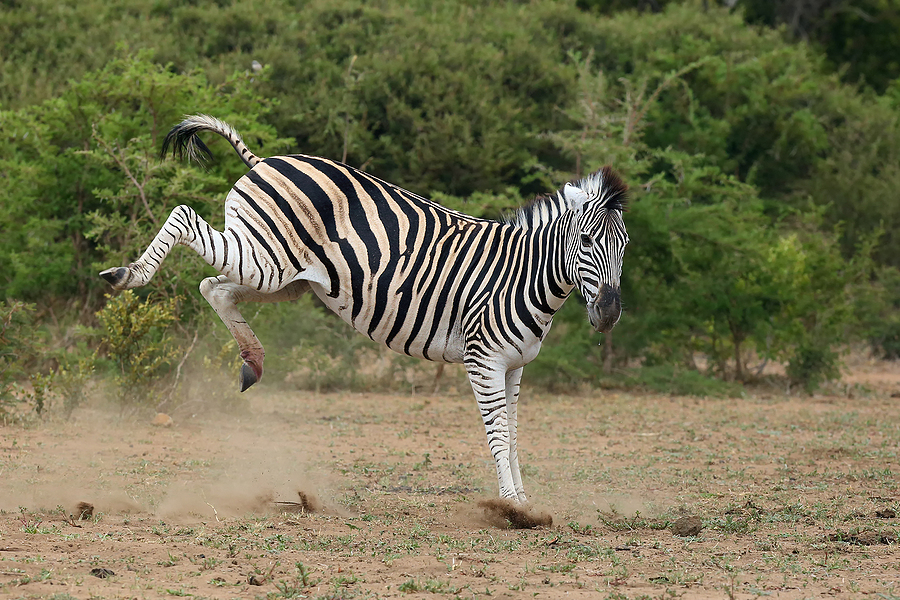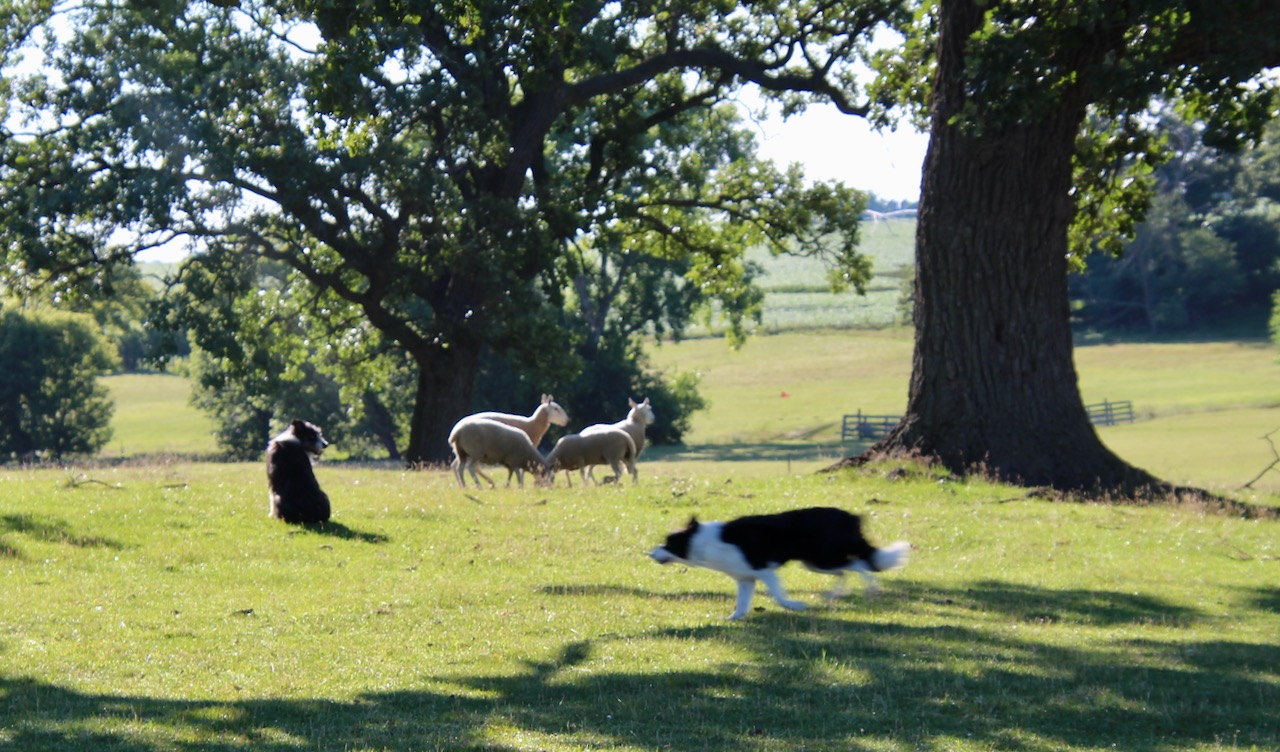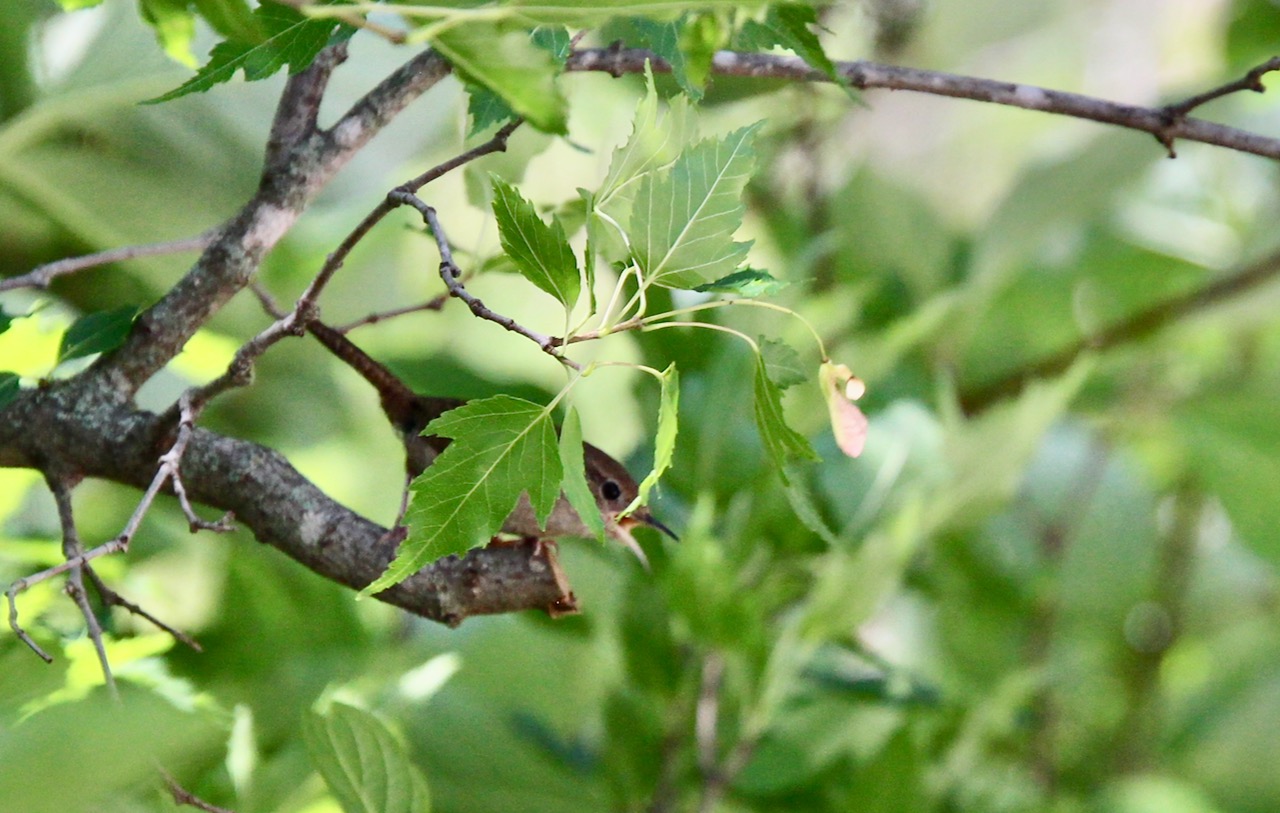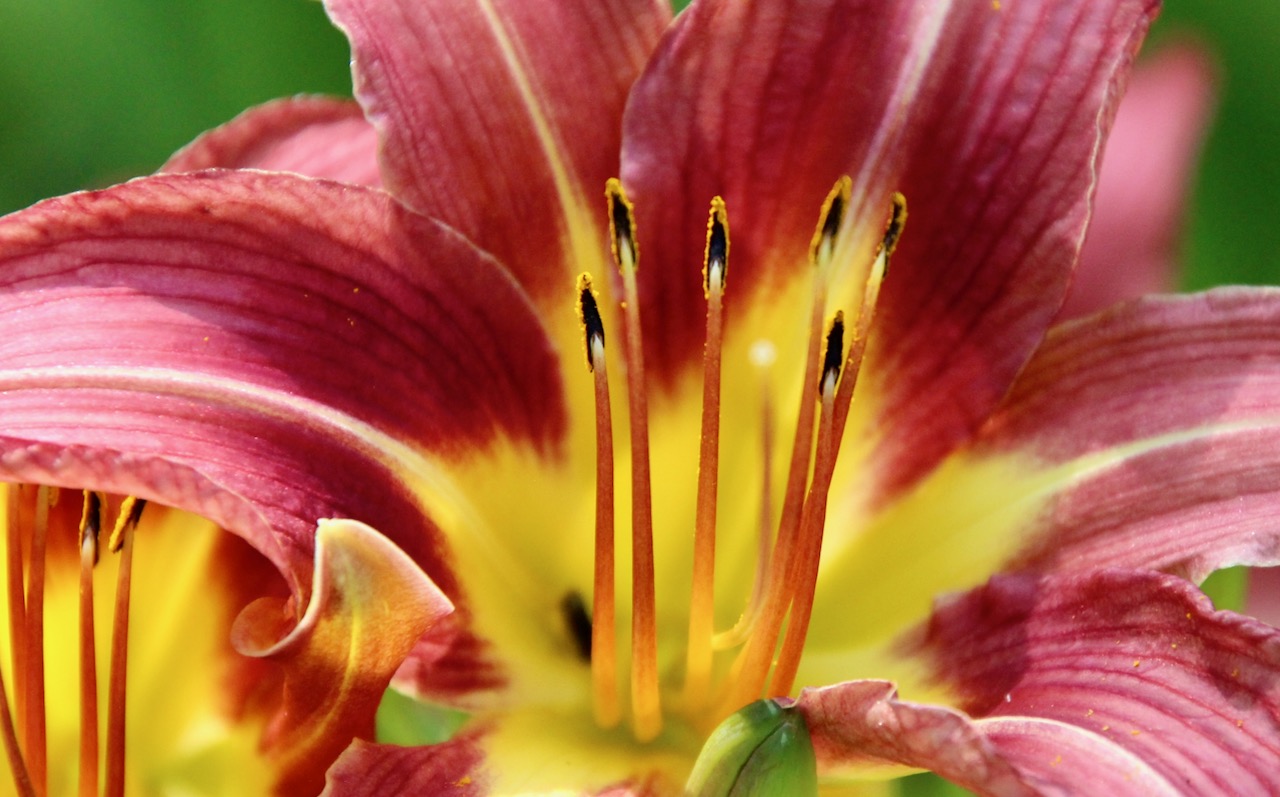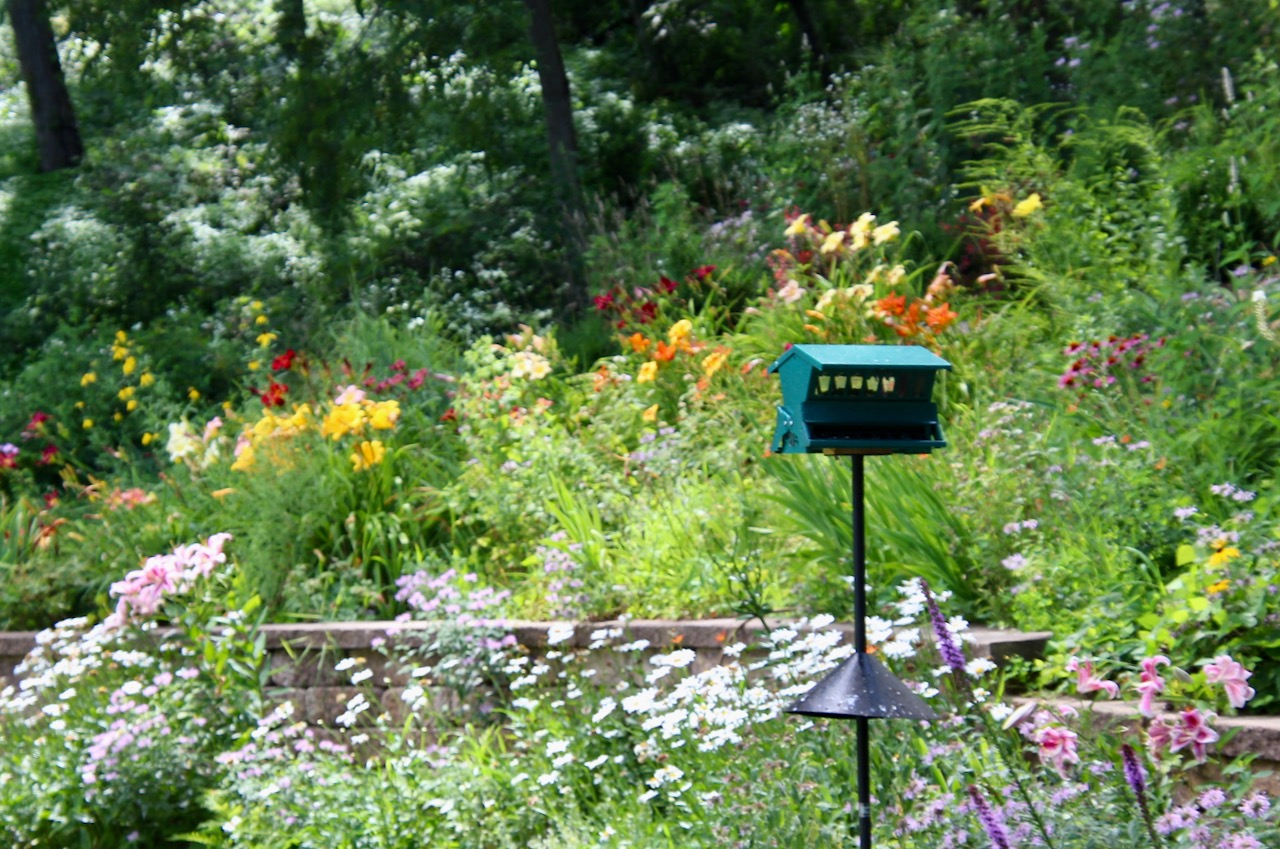Read this book. Get it from the library, buy it, or borrow it, but do what you can to read it. I know . . . you might have a pile of books beside your bed (guilty) and bookcases stuffed beyond capacity (guilty), and not want to hear about yet ANOTHER book to read (depends on the day). But. Honest. It’s been described as a “. . .tremendous burst of oxygen . . .” (Rebecca Sklot, The Immortal Life of Henrieta Lacks), and who doesn’t need that right now?
Here’s what author Susan Orlean says about Ed Yong and An Immense World: “He’s an extraordinary reporter and a writer of such grace that this work seems effortless. This is a journal of discovery and animal magic . . .”. I didn’t see how I could improve on her words, and I add my admiration to hers. I flat out adore this book, and because most of you are animal lovers, I think you might too. An Immense World is about reality, and how there is no such thing. At least, there’s not one, single reality, because each of us, living in the boundaries of our sensory systems, can only perceive a tiny slice of it.
It is understandable that we humans have assumed for centuries that what we can perceive is the whole of what there is to see, hear, smell, and touch. I would expect, if we could ask them, that individual of every species makes the same assumption. But it’s just plain wrong, stupendously wrong, and gloriously so.
The author begins by bringing us into a room full of animals, including an elephant, an owl, and a mouse. There’s also a person: Rebecca. Rebecca is listening to a Robin singing, but can’t hear most of the complexities of the sounds the bird is actually making. Neither can she hear the low-frequency rumbles of the elephant, which are easily perceived by the belly of a rattlesnake, who is using its tongue to smell for the mouse nearby. Of course, none of this is perceived by Rebecca. When the room goes dark, the mouse is easily located by the owl, whose ears are not symmetrical, thereby allowing it to locate pinpoint the location of the tiny footsteps of the mouse, also neither heard nor located by Rebecca. And on it goes—a litany of the “immense world” of sights, sounds, smells, and physical sensations that make up every animal’s reality. One different than that of every other.
Yong’s first chapter wisely begins with scent and dogs. He works with Alexandra Horowitz, who introduces him to the power of the dog’s nose. We all know how well dogs can smell, right? That, with training, they can locate burial sites 3,000 years old, sniff out whale poop on the vast surface of the ocean, detect low blood sugar, find bombs, bodies, and a week-old fingerprint left out in the rain. But here’s what else they can do: They can sniff six times a second, (try it), bringing air INTO their nose at the same time that they are exhaling. Ever wondered why the nostrils of a dog aren’t shaped like ours? Noticed how they are slit up the sides? That slit allows for air currents that circulate air in, as a dog is breathing out.
But there’s so much more. Elephants can sniff out TNT better than dogs can. Snakes smell with their tongues, and flick them in and out ” . . . to create air currents that concentrate diffuse odor molecules onto the tips of the tongue.” Jumping spiders can move their retinas without moving their eyes.
One of my favorite stories in the vision chapter is about the age-old hypothesis about why zebras have stripes. The story has been, for decades, that the stripes acted as camouflage, and/or, creating confusion to lions as the zebras run from them. Except, Amanda Melin, who studies animal patterns, noted that the vision of lions meant they probably couldn’t even see the stripes, especially at night. Lions have poor visual acuity, and, as Yong tells us, probably can’t tell a zebra from a donkey. (Have you seen the recent research that suggested the stripes confuse biting flies, not lions!) Because we humans have such remarkable visual acuity (far better than most other animals), we assume that others do too.
It goes on: Birds can process notes within a song that we simply can’t hear. Flowers look completely different to bees than they do to us. Animals sense vibrations that we are oblivious to. The big picture here, that all species live within their own umwelt, is not news to anyone who has studied behavior. Learning about the vast range of sensory experiments available to other animals was one of my favorite parts of the courses I took. But this book has expanded my knowledge greatly, and I’m not even half way through.
It is understandable that we think of ourselves as the center of the universe. Of course we are, to ourselves. But the universe is not what we think. It is so much richer and more complex. So much more inspiring and amazing than we have believed, living inside our own special set of filters that separates us from much of the world around us. Let science writer Yong help you peak into the richness of reality that is all around us, but only available through a book as good as this.
MEANWHILE, back on the farm: I learned a new motto for the sport of sheepdog trialing: “When ordinary humiliation is not enough.” Last weekend’s trial at Nippersink did not go well for me and Skip, and the judge told me that motto as a way to assuage my angst.
I also recalled the comment from a good friend, handler, and overall brilliant woman, Nancy Flynn, who said: “I’ve never worked so hard to be so mediocre.” (I might add that she kicked butt with her 11-year old dog Leo the next day.)
Basically, a super scrunched course, magnetic pulls in three directions, and sheep running like deer seemed to have fried Skip’s brain. After running so beautifully in the last two trials, he reverted to orbiting (running so wide as to have no effect on the sheep) and ignoring my signal to stop at nine o’clock to get the cross drive started. In his second run, after we made a hot mess of things, Skip refused to release the sheep to another dog so that they could be moved to the rest area. It was so bad that I almost didn’t run him the next day for a third run–wondering if the course and sheep were just going to set him back. But I’m glad I did. He didn’t take my turn in signal on the cross drive, but otherwise it was a nice run. Big outrun, but lovely lift and great fetch line. Timed out as one ewe was walking into the pen. Sigh. My best guess is that the pressure, and it was intense, overwhelmed him on Friday, and he reverted to all his bad habits. Sigh. But, that’s trialing, and we’ll keep at it and hope for better luck at the next trial. (Along with, of course, lots of training . . .).
Thanks to everyone who worked so hard to put on the trial, and especially to the especially gracious judge, Terri Nicolau, who assuaged my angst while I was scribing for her (recording the points and timing the run). “It wasn’t that bad,” she kept saying. (It was.) Here’s a nice view of a dog picking up the sheep where they’ve been set out by a handler and dog and a can of grain. Notice that two of the sheep have already picked up their heads and are starting to move away before the dog even gets in position. In the dog’s defense, the fence was just a few feet away, and there wasn’t a lot of room to get back much farther.
Things are hopping down at the farm: Roberta has been a dedicated mother, sitting on her eggs with only an occasional break to eat and bathe. At one point I got worried–she returned to the nest and seemed unable to settle down. “She” fussed with the eggs, turned right, turned left, but then was joined by a second Robin, allowing me to figure out that the nervous one was Robert! What a good partner; just a guy, doing his best for his mate. All seems well now; it’ll be several days before the eggs hatch, and I can’t wait.
This next photo is of another momma on the farm, a House Wren, nesting in the newspaper box beside our mailbox. She scolds me and Jim every time we go to get the paper or the mail, but is getting used to us and seems less concerned than before. She already pulled off one nest there, even with the daily paper being shoved into the box. But her nest is strong enough to withstand a paper being pushed against it, and the eggs are in a tiny depression in the back. In spite of being bothered at least 4 times a day, she’s determined to raise her babies there and I’m rooting for her. Next year we’ll put up a wren nest box right beside the paper box.
The day lilies are in full bloom, here’s a close up of one of my favorites. I love how you can see the pollen on the anthers of the stamen so well.
View from the kitchen . . . .
Now, of course, I’m wondering how the butterflies, wasps, and flies perceive the day lilies. Off to do more research. Or, just savor the riot of color that is our yard now. Maggie and Skip, however, are sitting by the door staring at me–time to go work on the sheep, right?
Right you are, you two, off we go. And now I wonder what the flowers look like to the sheep?
Here’s hoping that you too are able to revel in curiosity for awhile this week. It’s a great place to be.
